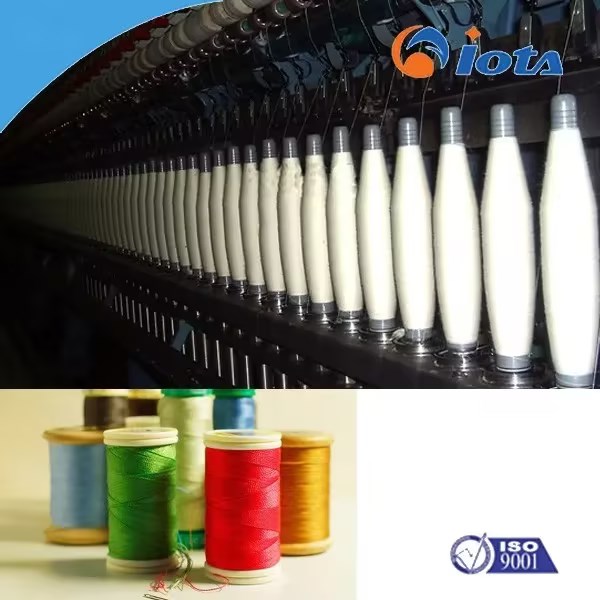Common problems and countermeasures of silicone oil in textile dyeing treatment
Although silicone oil has many advantages in textile dyeing treatment, it may still encounter some problems in practical application. These issues mainly include alkaline problems, coagulation problems, tank sticking problems, hand feel problems, yellowing problems, and cost issues. To address these issues, the following measures can be taken:
Alkaline issue: During the pre-treatment of cotton fabrics, a higher concentration of alkali is usually used to remove fabric impurities, and alkali is also added during dyeing. Therefore, the fabric surface may be alkaline during post-processing. Ordinary silicone oil is not alkali resistant and will break under alkaline conditions. To solve this problem, it is possible to ensure that the fabric is washed with alkali before softening treatment and maintain a pH in the neutral range. At the same time, add acidic substances such as acetic acid to the working fluid to adjust the pH value to a suitable range.
Cohesion problem: During the processing of fabrics containing short fibers (such as cotton, T/R fabric, velvet fabric), the short fibers are prone to fall off and adhere to silicone oil, resulting in sticking rollers and silicon spots. In addition, poor water quality may also lead to the agglomeration of silicone oil. To reduce agglomeration issues, it is necessary to strengthen the cleaning of the rolling groove and equipment to ensure that the water quality meets production standards. At the same time, anionic silicone oil can be used to match the charge of the dye and avoid condensation caused by charge attraction.
Cylinder sticking problem: Ordinary silicone oil is prone to sticking to the cylinder wall during immersion softening treatment, forming black oil spots after a long time. This not only affects the cleanliness of the cylinder body, but may also transfer to the fabric surface and affect the quality of the finished product. To solve this problem, daily cleaning work should be done well to keep the cylinder wall clean. At the same time, it is possible to choose to use silicone oil varieties that are not easy to stick to the cylinder or improve the impregnation process to reduce the residue of silicone oil.
Texture issue: The demand for fabric texture in the market is increasing, and the selection and usage conditions of silicone oil have a significant impact on fabric texture. To solve the problem of hand feel, suitable silicone oil varieties and usage conditions can be selected according to the type of fabric and customer needs. For example, for fabrics that require a smooth drape, silicone oil with smooth properties can be chosen; For fabrics that require fluffiness and softness, silicone oil with softness properties can be chosen.
Yellowing problem: Long term shutdown or high-temperature treatment may cause fabric yellowing, especially when using amino silicone oil. To solve the problem of yellowing, it is necessary to strengthen process control, regularly inspect the fabric storage environment, and take appropriate measures such as adjusting temperature, humidity, etc. to reduce the risk of fabric yellowing. Meanwhile, one can choose to use silicone oil varieties that are less prone to yellowing or add antioxidants and other additives to improve the anti yellowing performance of the fabric.
Cost issue: With the rise of production costs such as water, electricity, and gas, printing and dyeing processing fees have tended to stabilize, leading to pressure on many printing and dyeing enterprises to control costs. To reduce costs, one can choose to use cost-effective silicone oil varieties or optimize production processes to reduce raw material and energy consumption.
At the same time, it is possible to strengthen the recycling of waste textiles and the development and utilization of recycled fibers to reduce raw material costs.

Conclusion
The application of silicone oil in dyeing treatment in the textile industry has broad prospects and important value. By selecting appropriate silicone oil varieties and usage conditions, the quality of fabrics can be significantly improved, dyeing effects can be enhanced, and the multifunctionality of textiles can be achieved. Meanwhile, taking corresponding measures to address potential issues that may arise during the application of silicone oil can ensure the smooth progress of textile production and stable improvement of product quality. In the future, with the continuous advancement of textile technology and the increasing demand of consumers for textile quality, the application of silicone oil in textile dyeing treatment will be more extensive and in-depth
